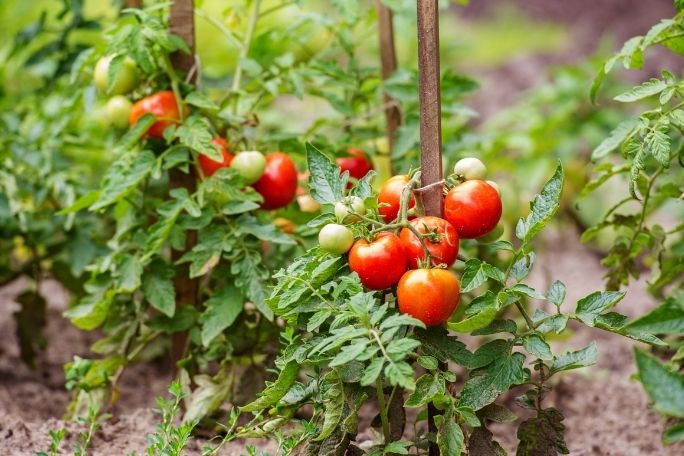Lesson summary
In this lesson, students will use the principles of permaculture and knowledge of their local area to assess specific needs in their school. Students will conduct a needs assessment of their school community through both observation and a survey. Although this lesson can be taught by itself, it also forms the third part in a unit of 6 lessons that can be delivered in sequence to take your students through a complete permaculture project design process. So, you can choose for students to use the results of their needs assessment to guide a permaculture design in the next lesson or create an infographic of their results at the end of this lesson.
Learning intentions:
Students will...
- understand how the principles and ethics of permaculture can be used to assess the needs of their school community
- understand how to conduct observations and surveys of their school community
Success criteria:
Students can...
- be active observers of school needs
- design and conduct a survey
- analyse survey data
- contribute to class discussions
- work independently and collaboratively
Lesson guides and printables
Curriculum links
Select your curriculum from the options below.
Lesson details
Curriculum mapping
Australian curriculum content descriptions:
Year 7 & 8 Design and Technologies:
- Analyse how food and fibre are produced when designing managed environments and how these can become more sustainable (ACTDEK032)
- Investigate the ways in which products, services and environments evolve locally, regionally and globally and how competing factors including social, ethical and sustainability considerations are prioritised in the development of technologies and designed solutions for preferred futures (ACTDEK029)
- Use project management processes when working individually and collaboratively to coordinate production of designed solutions (ACTDEP039)
Year 9 & 10 Design and Technologies:
- Critically analyse factors, including social, ethical and sustainability considerations, that impact on designed solutions for global preferred futures and the complex design and production processes involved (ACTDEK040)
- Investigate and make judgments on the ethical and sustainable production and marketing of food and fibre (ACTDEK044)
- Investigate and make judgments, within a range of technologies specialisations, on how technologies can be combined to create designed solutions (ACTDEK047)
- Critique needs or opportunities to develop design briefs and investigate and select an increasingly sophisticated range of materials, systems, components, tools and equipment to develop design ideas (ACTDEP048)
Syllabus outcomes: D&T5.3.1, D&T5.3.2, D&T5.6.3, D&T5.1.1, D&T5.4.1, D&T5.5.1 and SC4-13ES, T4.1.2, T4.1.3, T4.4.1, T4.6.2
General capabilities: Critical and Creative Thinking, Ethical Understanding
Cross-curriculum priority: Sustainability
Relevant parts of Year 7 & 8 achievement standards: Students explain how social, ethical, technical and sustainability considerations influence the design of innovative and enterprising solutions to meet a range of present and future needs. They explain how the features of technologies influence design and production decisions. Students explain a range of needs, opportunities or problems and define them in terms of functional requirements and constraints. They collect, authenticate and interpret data from a range of sources to assist in making informed judgements.
Relevant parts of Year 9 & 10 achievement standards: Students produce designed solutions for identified needs or opportunities, students evaluate the features of technologies and their appropriateness for purpose for one or more of the technologies contexts.
Unit of work: Creative Sustainability – Exploring Permaculture – Design & Technology – Years 7 – 10
Time required: 60+ mins (plus time for conducting survey)
Level of teacher scaffolding: Medium – facilitate class discussion
Resources required
- Student Worksheet – one copy for each student
- Computer access for students
- Students’ workbooks
- Optional – Permaculture Ethics And Principles
- Optional – Survey Design Tips
Skills
- Collaboration
- Community engagement
- Creativity
- Critical thinking
- Enterprise
- Ethical understanding
- Global citizenship
- Problem solving
Additional info
Faber-Castell has long understood the importance of creativity to all people, especially to young people. It is also continuously searching for environmentally friendly processes and high-quality materials to enhance children’s creative experience throughout every development phase. For more information about Faber-Castell, click here.


Welcome back!
Don't have an account yet?
Log in with:
Create your free Cool.org account.
Many of our resources are free, with an option to upgrade to Cool+ for premium content.
Already have an account?
Sign up with:
By signing up you accept Cool.org's Terms and Conditions(Opens in new tab) and Privacy Policy(Opens in new tab).